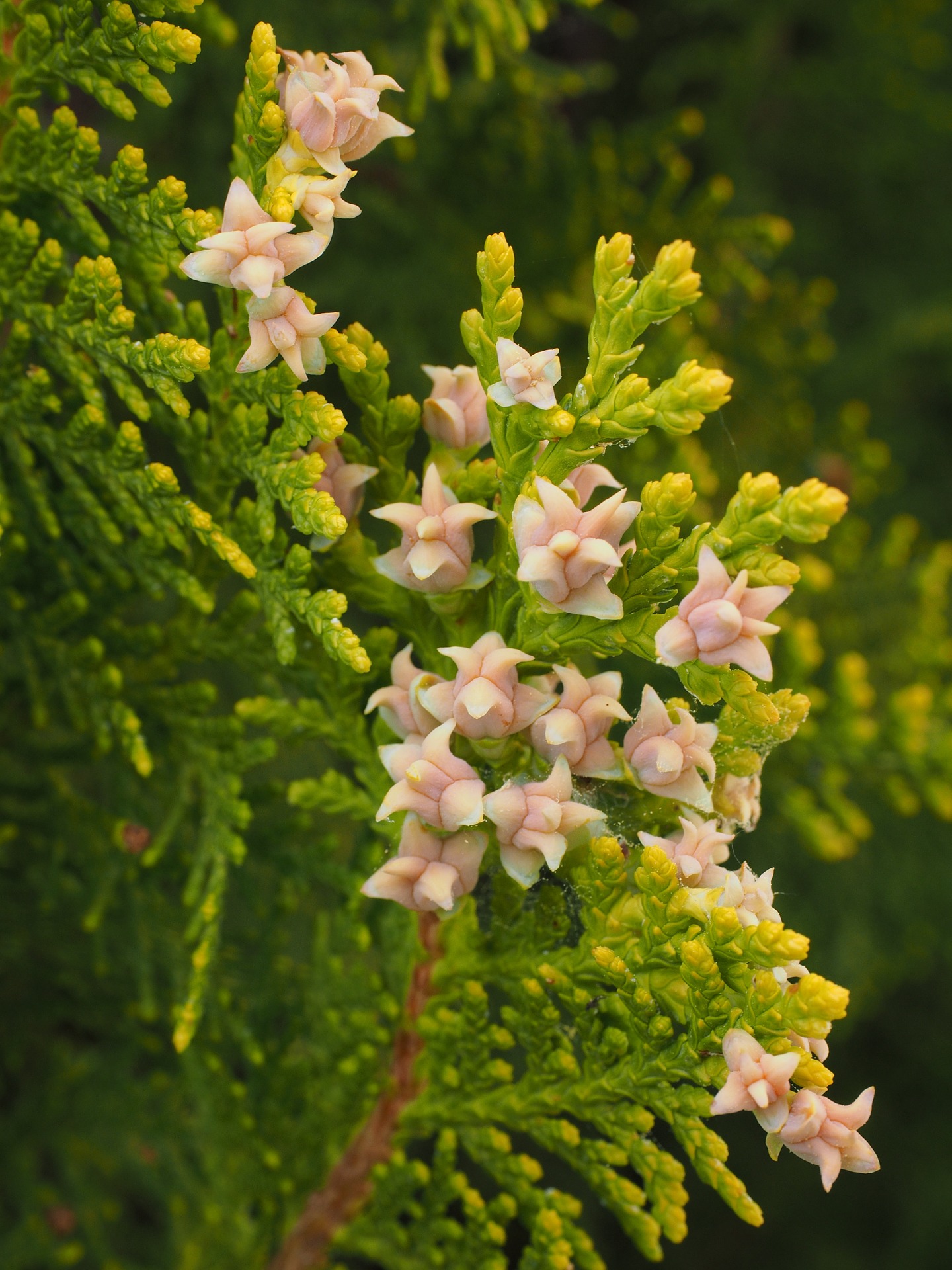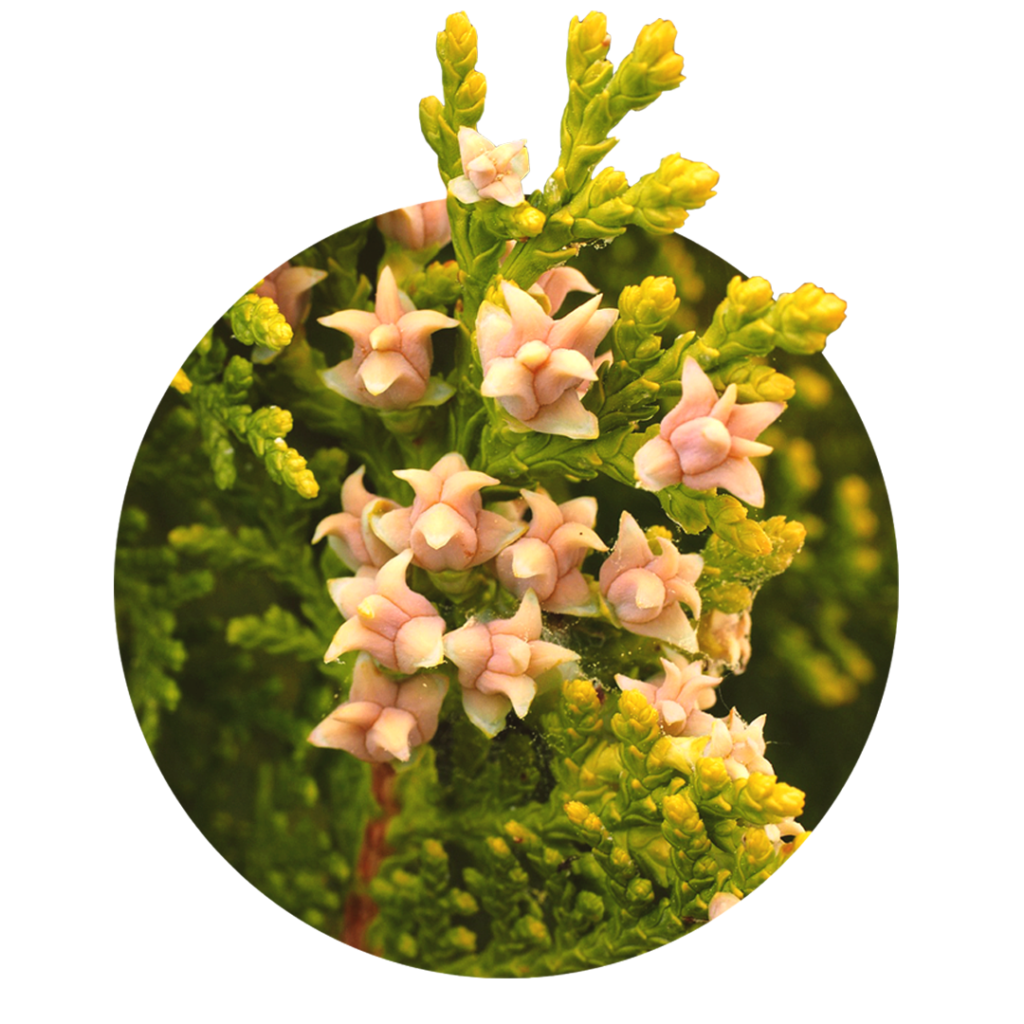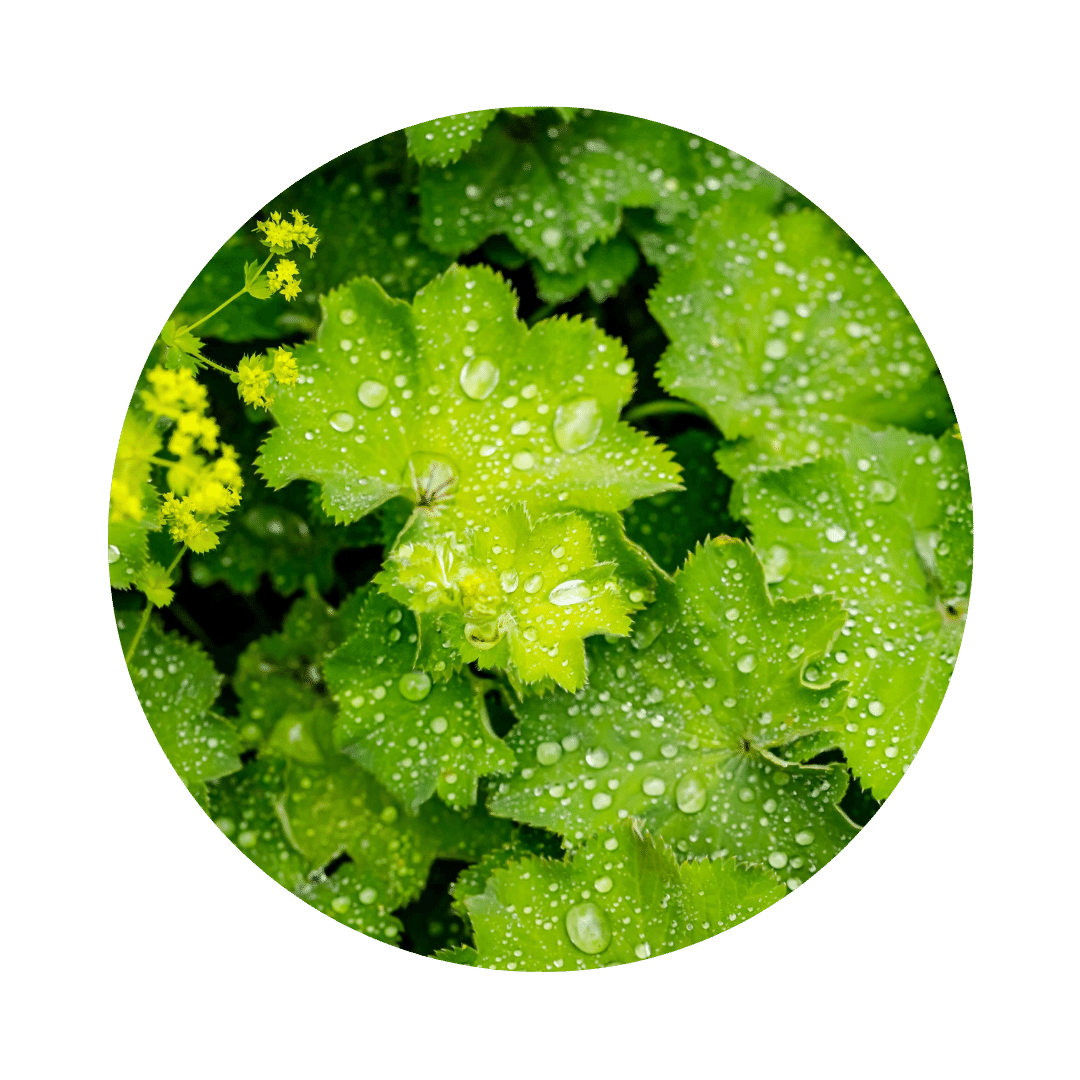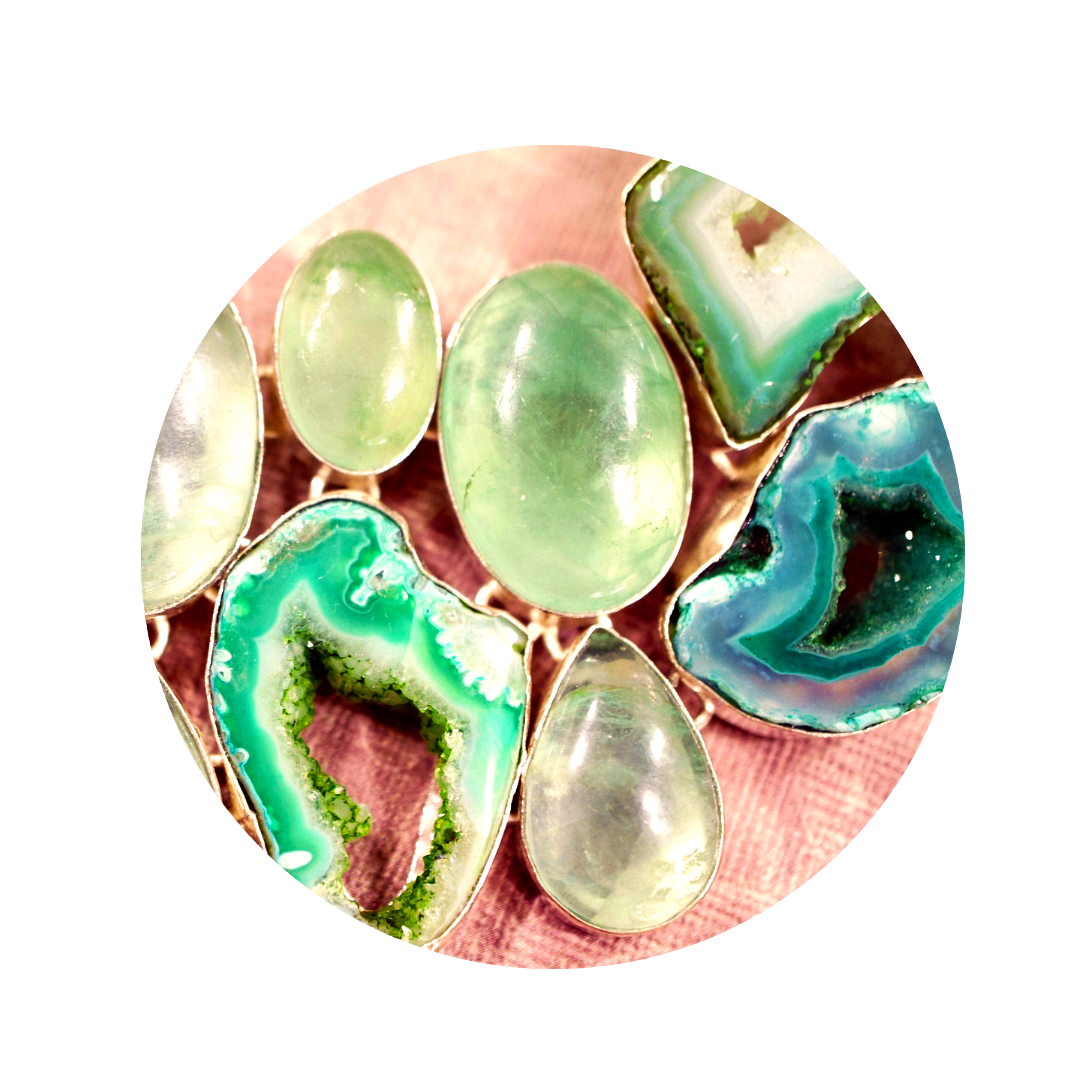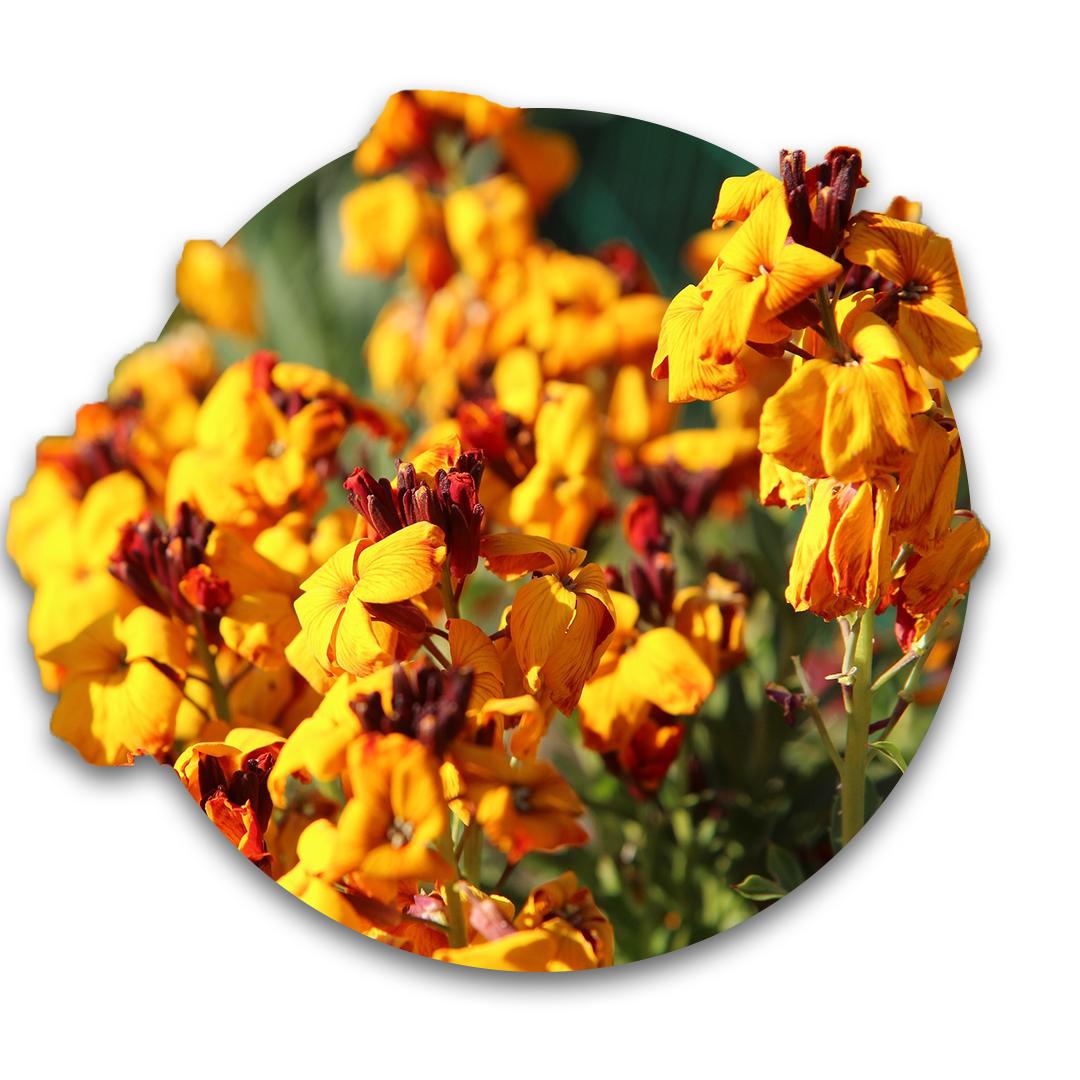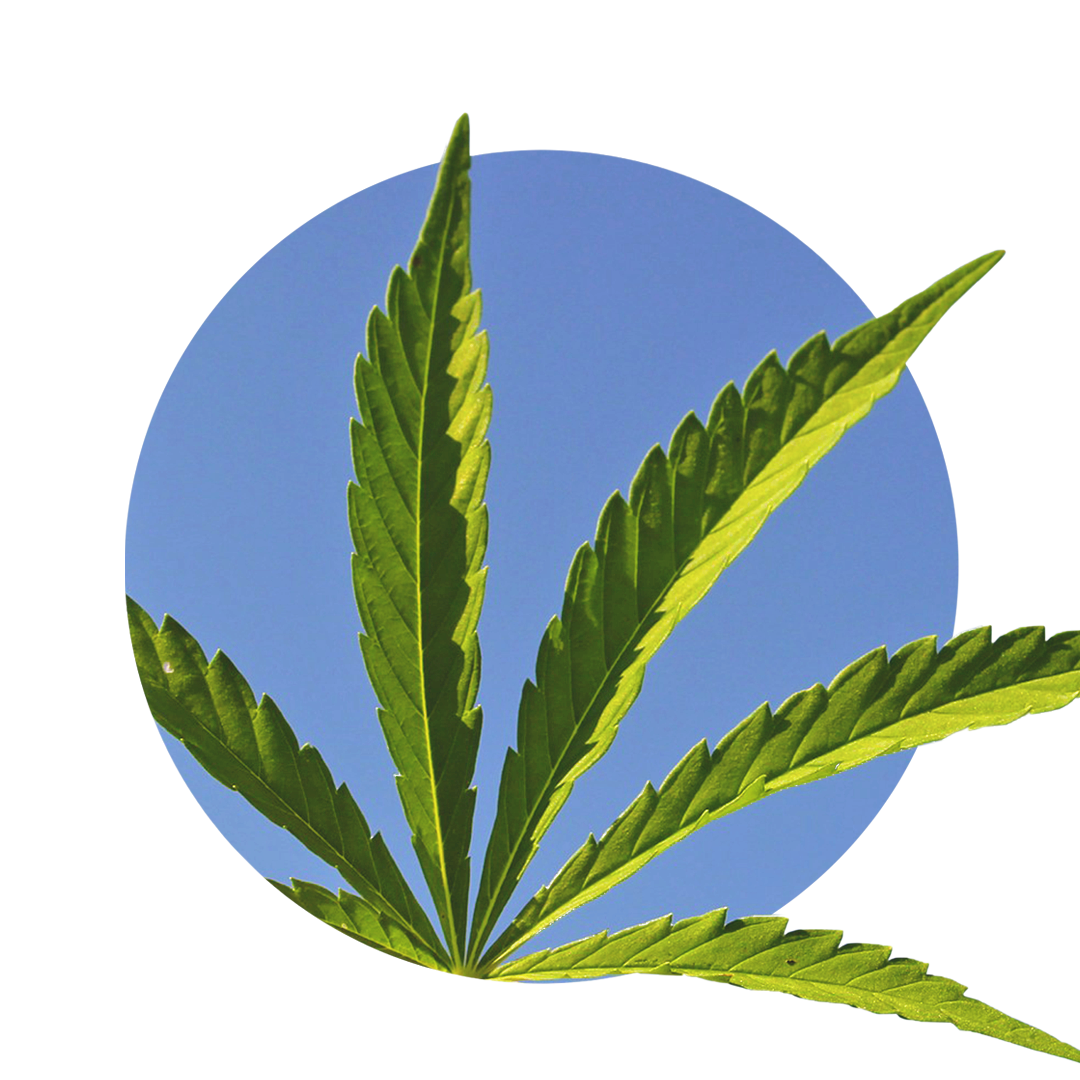Thuja: The medicinal plant against skin diseases
Facts thuja
Did you know that...
What is Thuja?
General and healing properties of Thuja
Antiviral
Thuja is antiviral. The active ingredients it contains kill viruses and help the body's lymph fight infections.
Lymph-cleansing
Thuja is lymph-cleansing. Through its active ingredients, thuja cleanses the lymph so that it can better fight pathogens. Infections thus heal faster and burden the organism less.
Defense strengthening
Thuja occidentalis: Ingredients
Thuja is rich in essential oil, which can be smelled standing next to the plant.
You can find the following ingredients in the medicinal plant Thuja:
- Essential oil mostly thujone
- Polysaccharides
- Minerals
- Coumarins
- Flavonoids
Thuja: effect for body and mind
Thuja is a plant used primarily for immune-associated issues. It promotes the formation of white blood cells, and has antiviral properties. Therefore, it is traditionally used to activate the lymph and relieve it. It is considered to purify the lymph and promote lymphatic flow, which increases the immune competence of the body and promotes its resistance. It is also used externally for various skin diseases, as it has a disinfecting, antimicrobial and regenerative effect on stressed skin and improves its blood supply.
Thuja properties
- Antiviral
- Lymph-cleansing
- Immunostimulant
- Antimicrobial
- Stimulating
- Pain regulating
Fields of application in naturopathy
The Tree of Life is used medicinally for various issues. The focus is on the treatment of skin issues.
Thuja for warts

Thuja occidentalis for skin diseases
In many skin diseases, such as psoriasis, the lymph of the body is blamed for the manifestations. The lymph is considered to be overloaded, which can be seen in the skin. Thuja cleanses the lymph and influences its composition. It also eliminates possible microbial loads and thus helps the skin rashes to disappear.
Thuja for mucosal diseases
Thuja occidentalis for chronic infections of the urinary tract
Notes on the use of Thuja
Thuja in pregnancy & lactation
Thuja occidentalis for sensitivity to thujone
Discover our sprays
With natural methods such as the individual spagyric sprays from Zimply Natural, complaints can be treated and sustainably alleviated.
Use the healing power of Thuja occidentalis!
Use the healing power of Thuja and our other 100 medicinal plants for the natural relief of your ailments. Improve your well-being and support your body, mind and soul! Use our configurator to create your personal spagyric spray, which is tailored to your needs and accompanies you on your natural path to the improvement of body, mind and soul.

